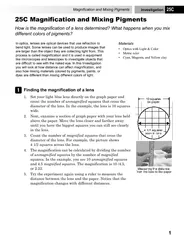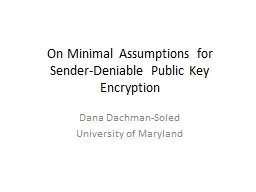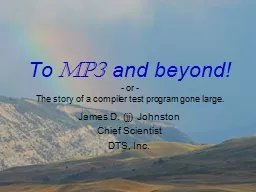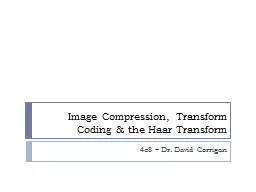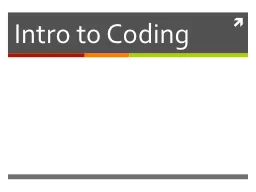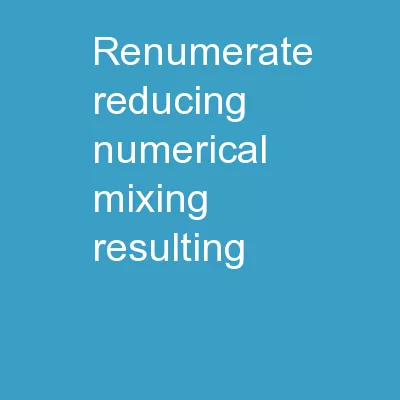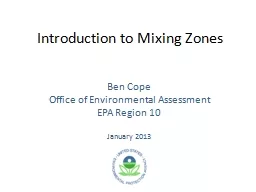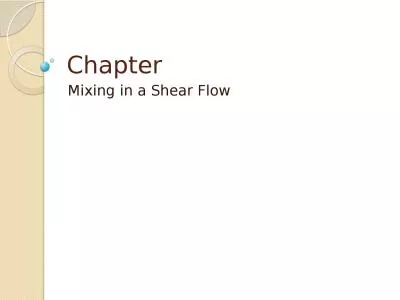PPT-Cross-Sender Bit-Mixing Coding
Author : tatyana-admore | Published Date : 2019-11-24
CrossSender BitMixing Coding Steffen Bondorf 1 Binbin Chen 2 Jonathan Scarlett 3 Haifeng Yu 3 Yuda Zhao 4 1 NTNU Trondheim Norway 2 Advanced Digital Sciences
Presentation Embed Code
Download Presentation
Download Presentation The PPT/PDF document "Cross-Sender Bit-Mixing Coding" is the property of its rightful owner. Permission is granted to download and print the materials on this website for personal, non-commercial use only, and to display it on your personal computer provided you do not modify the materials and that you retain all copyright notices contained in the materials. By downloading content from our website, you accept the terms of this agreement.
Cross-Sender Bit-Mixing Coding: Transcript
Download Rules Of Document
"Cross-Sender Bit-Mixing Coding"The content belongs to its owner. You may download and print it for personal use, without modification, and keep all copyright notices. By downloading, you agree to these terms.
Related Documents


